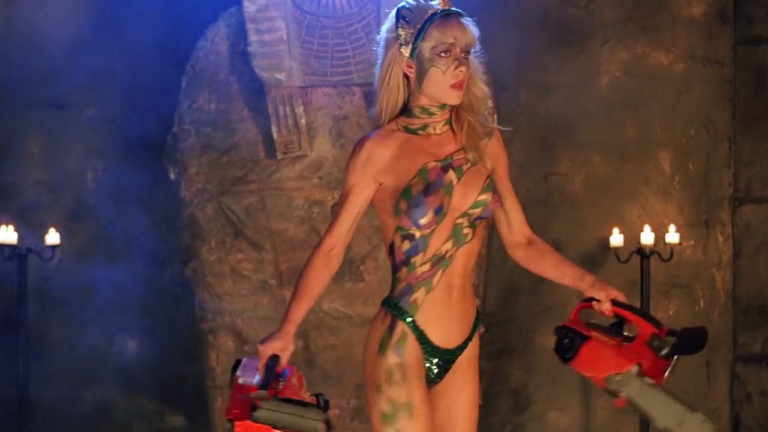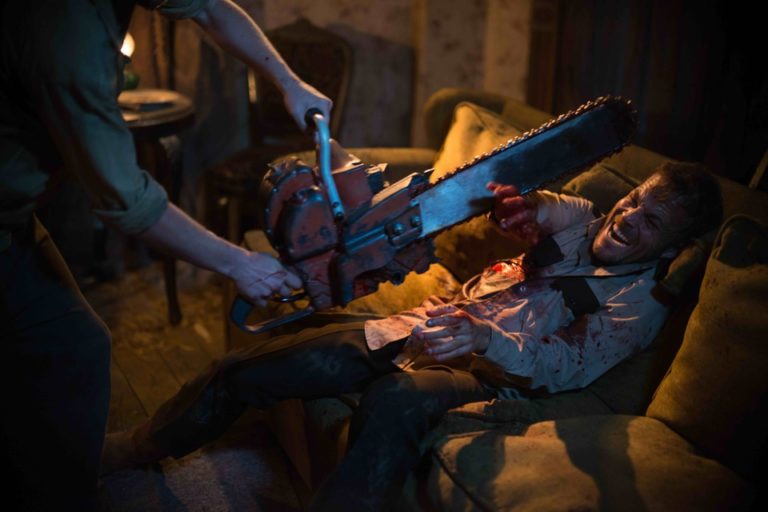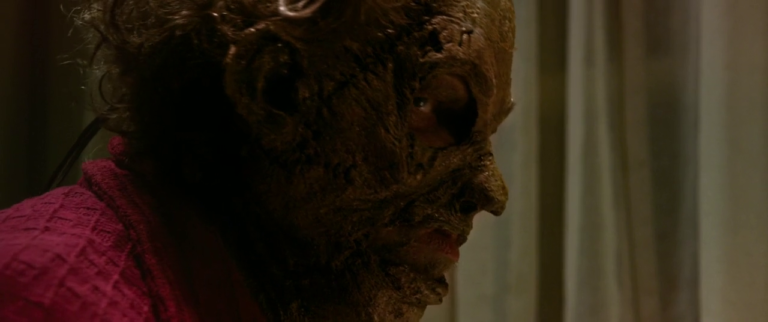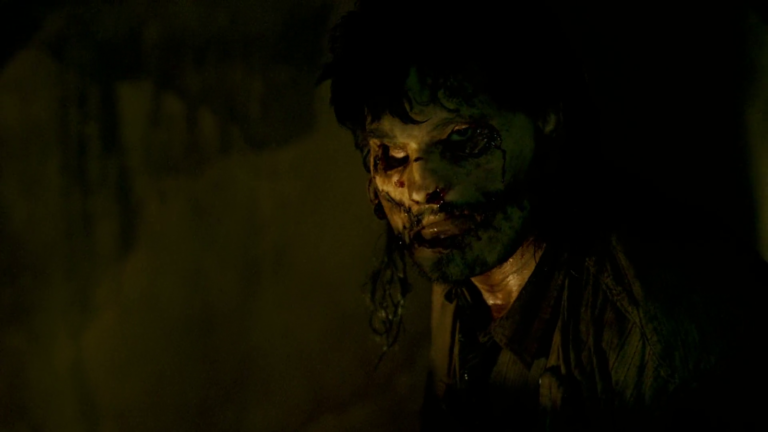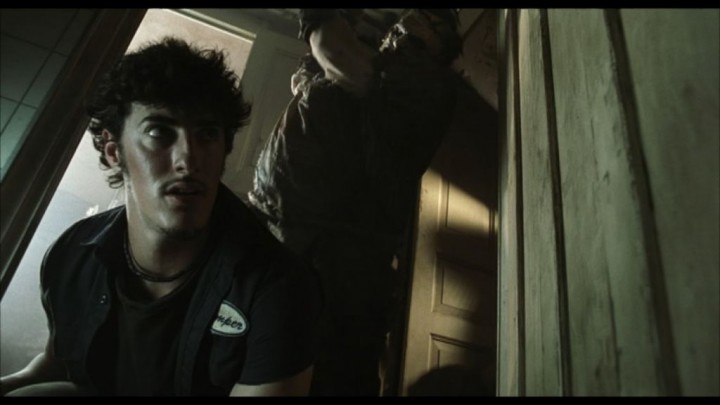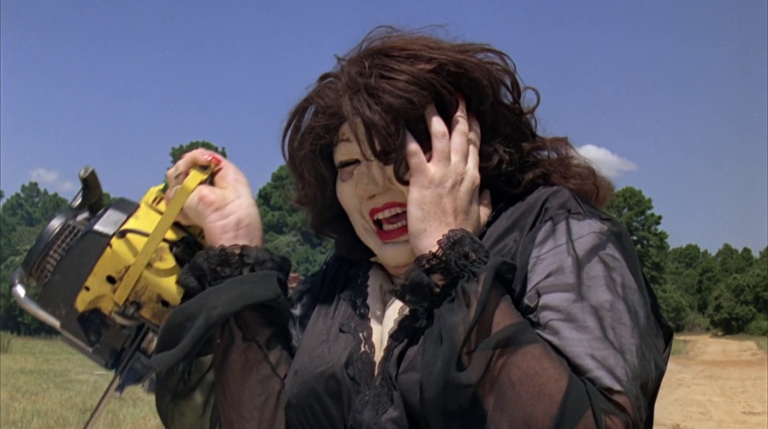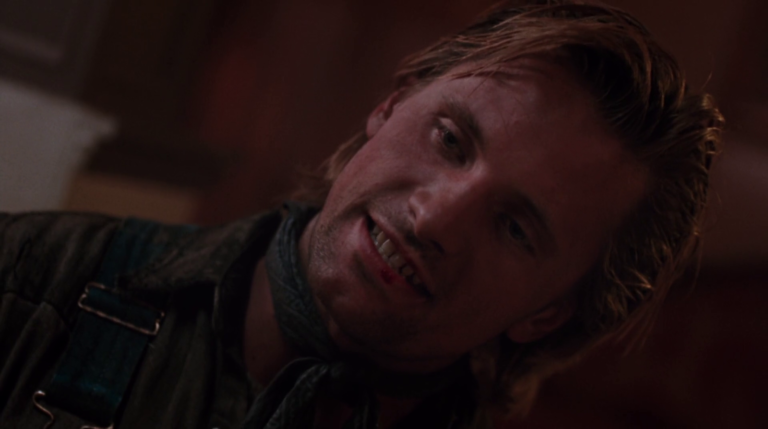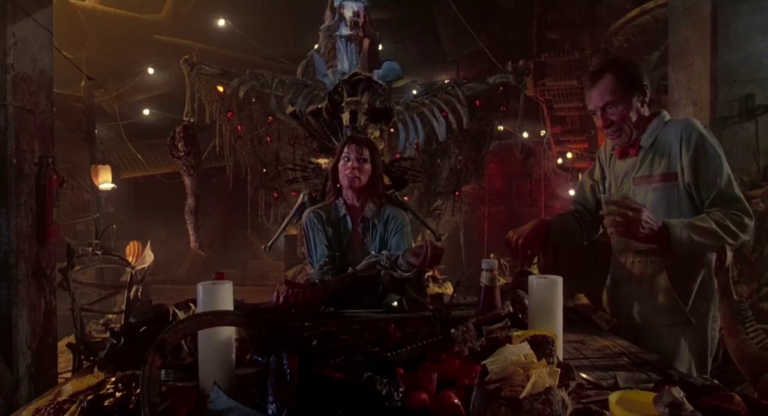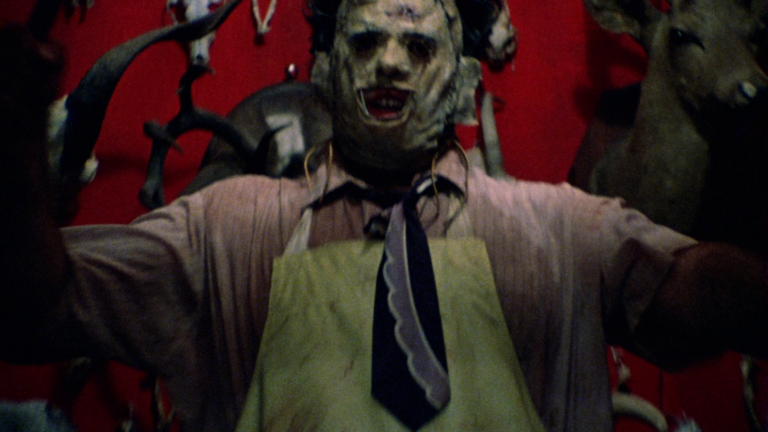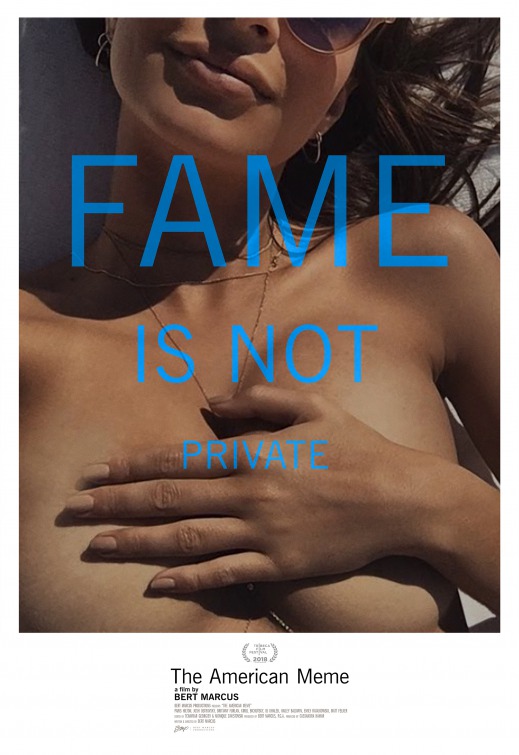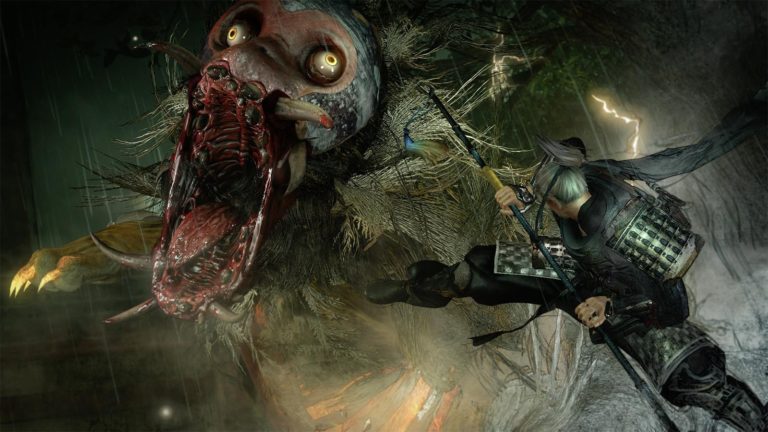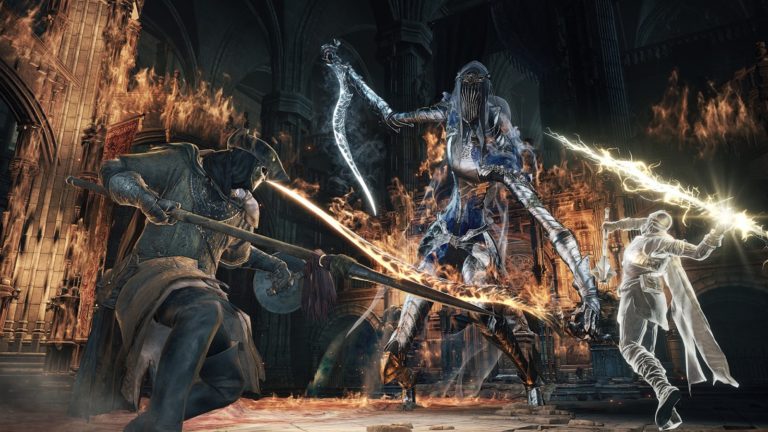I recently watched Alt-Right: Age of Rage on Netflix. If you’re not really familiar with the alt-right and...
Barloq
Writer, blogger, father. Blogging since 2012, writing my whole life. Was blessed by the chupacabra and the guardian shepherd.
Surprise! You didn’t think that I was totally chainsawed out, did you? While working through the Texas...
Welcome back to The Texas Chainsaw Massacre retrospective! We’re coming to the conclusion of this retrospective today with...
Welcome back to The Texas Chainsaw Massacre retrospective! In today’s entry we’re going to be looking at the...
Welcome back to The Texas Chainsaw Massacre retrospective! In today’s entry we’re going to be looking at...
Welcome back to The Texas Chainsaw Massacre retrospective! In today entry we’re going to be covering the Platinum...
Welcome back to The Texas Chainsaw Massacre retrospective! In today’s entry we’re going to be looking at the...
Welcome back to The Texas Chainsaw Massacre retrospective! In today’s entry we’re going to be covering the third...
Welcome back to The Texas Chainsaw Massacre retrospective! In this entry we’re going to be looking at the...
Happy 2019 and what better way to start a new year than with a new retrospectives series?...
If you’ve read any of my movie reviews, you might have noticed that I always have a...
Hey, it’s that time of year again! That’s right, the time of year when I look back...
I’m going to do something slightly different here – normally I’d just be looking at the Dark...
Love Refined Game Engine – As groundbreaking as the Souls games are, they have always been incredibly janky...

